FSC-certified cork oak forest: a photo essay
The cork stopper in your wine bottle, as you probably know if you’re reading this, comes from the bark of the cork oak tree. Have a look at this article to see some fabulous photos of FSC-certified cork production.
One of our clients, Portocork France, sells around 55 million cork stoppers a year (Portocork International produces 450 million cork stoppers annually), and has been FSCTM Chain of Custody-certified since 2008. It gets its cork from forests that are FSC Forest Management-certified. Portocork France was the first cork stopper company in France to be certified with FSC, and is a member of FSC France.

Photo by Mateo Cariño Fraisse/NEPCon
Cork comes from Quercus suber, the cork oak. It’s a medium-sized, evergreen tree that is native to southwest Europe and northwest Africa. This is a photo of cork oak forest in Portugal.
Portugal has more cork oak forest than any other country, and the cork oak is the national tree of Portugal.
Cork oak forests in Spain and Portugal are home to endangered species such as the Iberian lynx and Iberian imperial eagles, which are classified in the IUCN Red List as being endangered (lynx) and vulnerable (eagles).
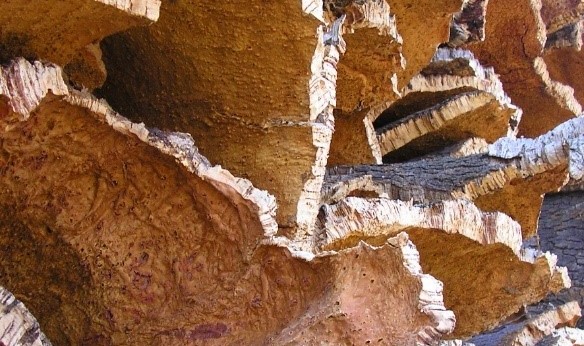
Photo by Mateo Cariño Fraisse/NEPCon
The thick bark of the cork oak tree is adapted to help the tree survive fires, by acting as a heat insulation. The cork doesn’t burn very well and therefore cork oak forests help reduce the incidence of forest fires.
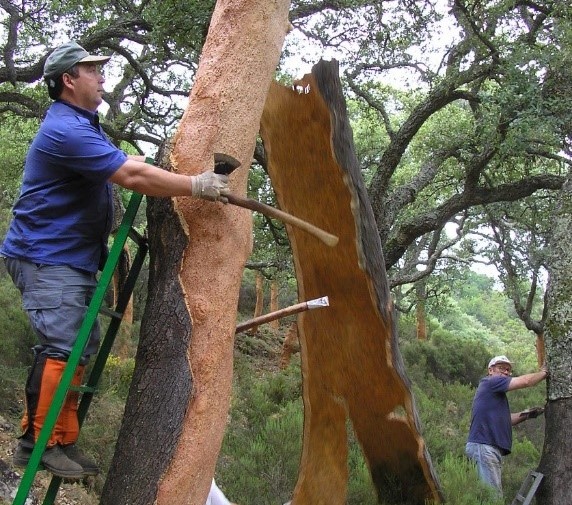
Photo by Mateo Cariño Fraisse/NEPCon
The bark is harvested entirely by hand, with small axes. Removing it without damaging the tree is a highly skilled job that people train for around eight years to learn to do.
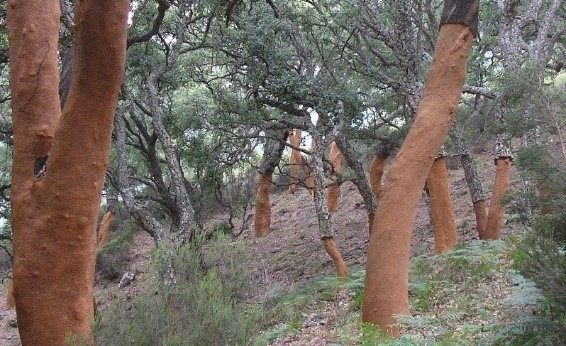
Photo by Mateo Cariño Fraisse/NEPCon
Once harvested, the bark slowly re-grows and can be harvested again after 7 to 10 years. A cork oak tree commonly lives for 200 years, so can be harvested multiple times over its lifetime.
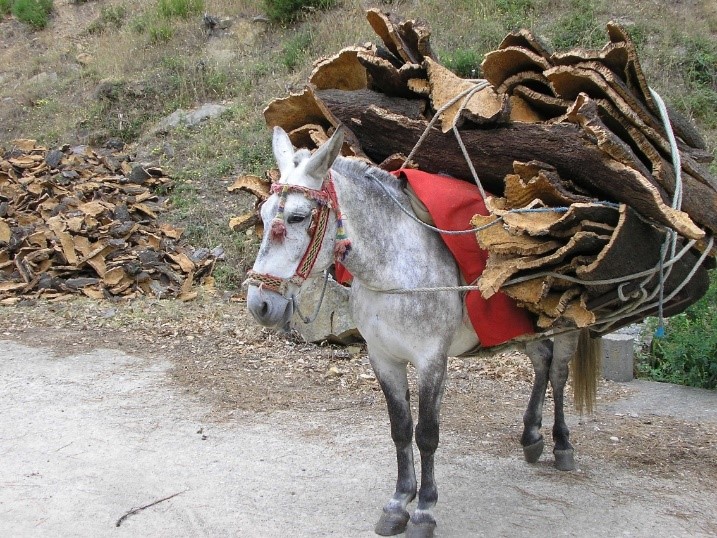
Photo by Mateo Cariño Fraisse/NEPCon
Some cork oak collectors use donkeys to transport the bark to a place that is accessible by trucks. This photo is from another of our clients.
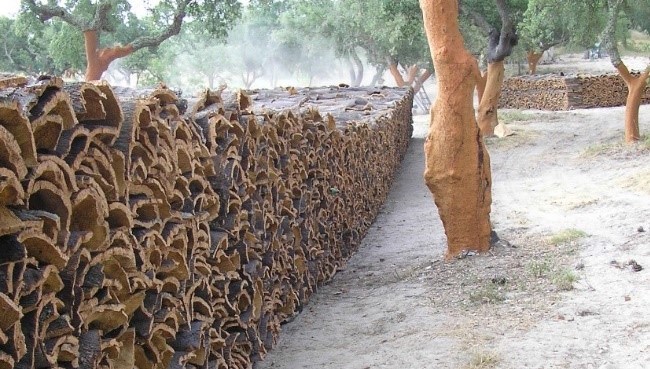
Photo by Mateo Cariño Fraisse/NEPCon
The cork bark is carefully stacked so it can air dry.
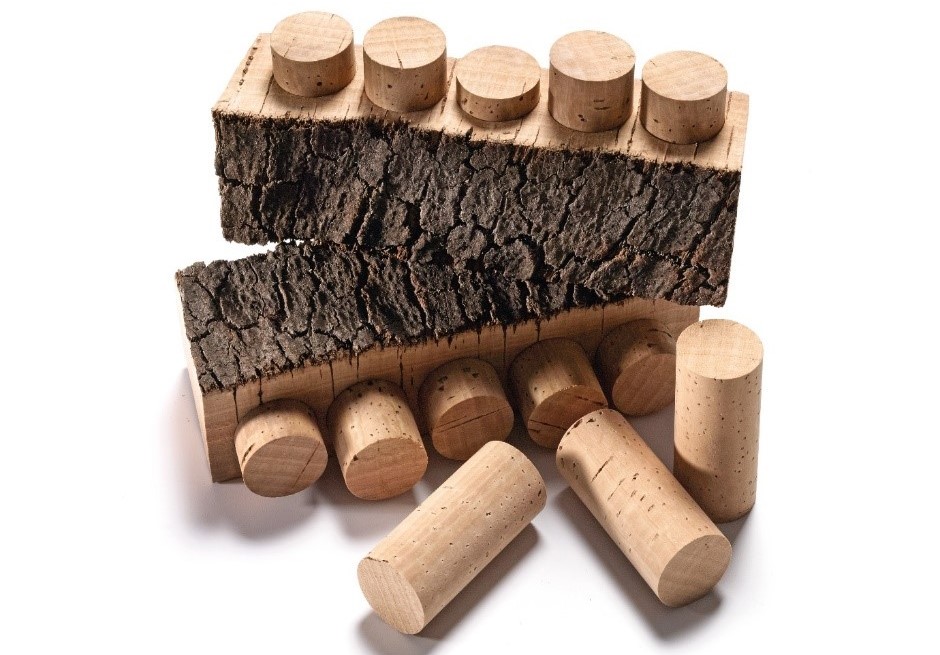
Photo: ©Portocork France
Look for a natural cork stopper in your wine, and look for the FSC symbol on the bottle.